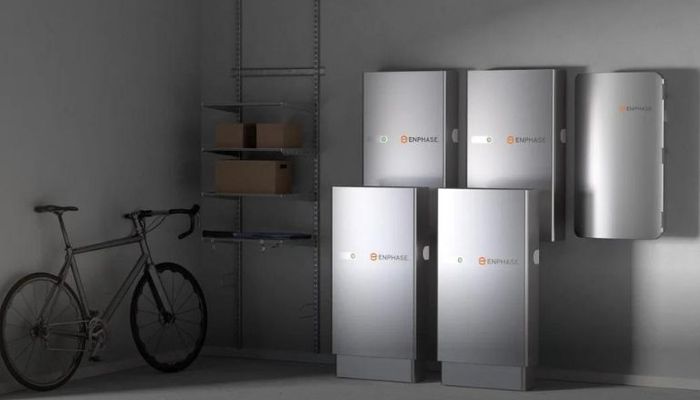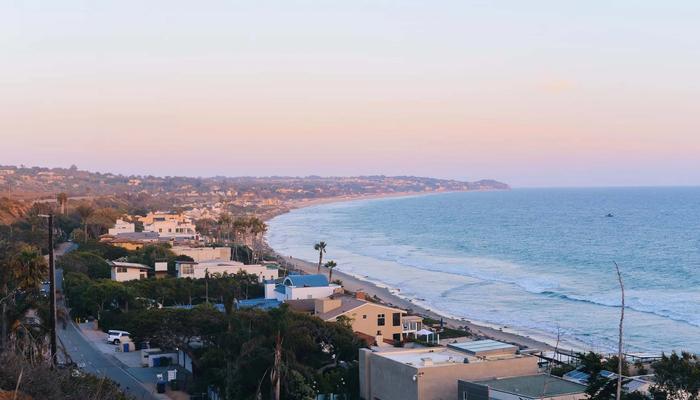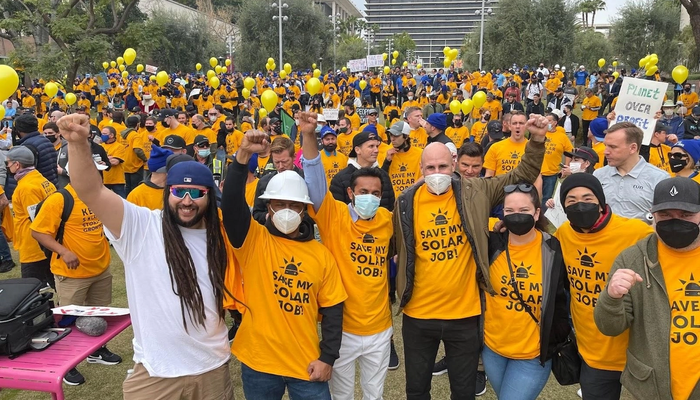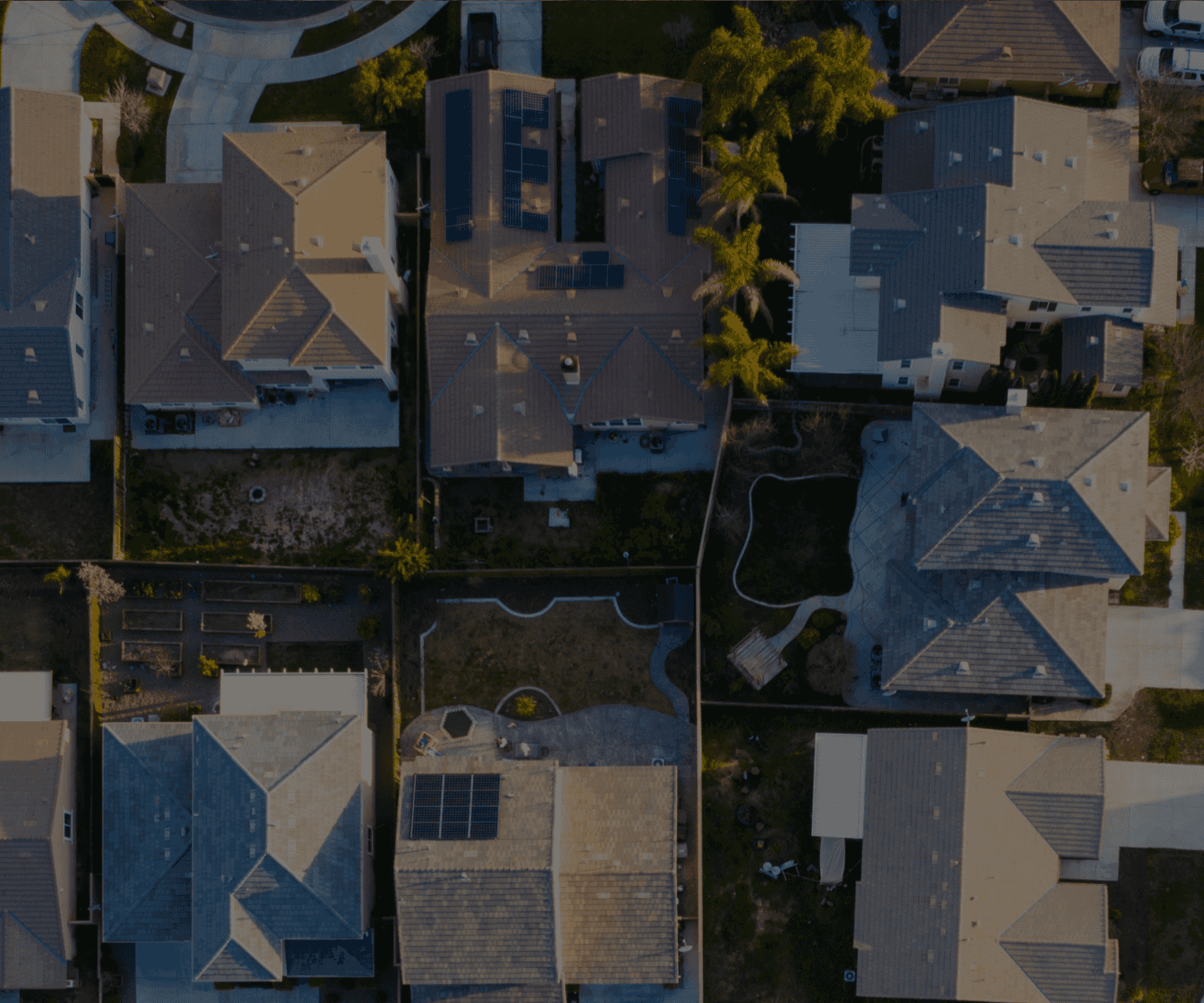8 Tips on How to Install a Solar Panel Inverter with Ease

Inverters are critical components of solar panel systems. Solar panels, which produce DC power from the sun, require inverters to change DC power into usable AC power for your home.
Additionally, the inverter is also a necessary component for system monitoring. Inverters also interact with the battery bank for solar systems that include energy storage.
All that said, inverters function as the control center for your entire solar energy system. If you’re preparing for a DIY solar installation, you must ensure your solar power inverter installation goes smoothly. Below are eight tips on how to install a solar panel inverter the right way.
Tip #1: Get the Right Inverter For Your Solar Energy System
To start, choosing the right solar inverter is crucial.
Note: We’ll focus strictly on residential and small commercial grid-tie systems for this article. If you’re working on a DIY off-grid system, you’ll need to use a different inverter built for off-grid purposes.
There are two basic inverters for solar energy systems, string inverters and microinverters.
String Inverters
String inverters include one central inverter unit, with the solar panels “strung” together, all connecting back to the inverter.
A typical string inverter can handle up to 30 PV panels, so most solar panel systems will only have one or two inverter units. A string inverter mounts on a wall near the main service panel or the racking of a ground mount solar energy system.
Microinverters
As the name suggests, a microinverter is a small inverter unit installed behind individual solar panels. Essentially, you have separate power-generating units, which allows for future expansion and continuous power even if one of the units breaks down.
Microinverters are efficient, and their technology continues to advance. Enphase is a popular microinverter brand that’s easy to install, especially for DIY-ers. Installation is more straightforward because you are dealing with standard AC wiring almost everywhere in the system.
Learn more: Microinverters vs. String Inverters
Energy Storage
There are many battery backup options available for grid-tie systems. If you want to install energy storage with your solar panel system, you need to ensure that the inverter you choose is compatible with the battery system you want.
Tip #2: Purchase Supporting Equipment to Meet Rapid Shutdown Codes
With the adoption of NEC 2014, all PV systems must have rapid shutdown capabilities. Under NEC 2017, the rules are now more specific; the shutdown needs to happen at each solar panel.
Enphase microinverters are a great choice because rapid shutdown requirements are built into each microinverter. If you have a SolarEdge system, the required SolarEdge power optimizers also handle the rapid shutdown.
If you are installing a different solar inverter brand, you will need to purchase a rapid shutdown device for each PV panel, and those devices must be compatible with the solar inverter.
The best way to make sure your bases are covered is to purchase a solar panel kit from GoGreenSolar. Their team of DIY experts will make sure you have everything you need to meet the rapid shutdown codes.
Tip #3: Read the Instructions
We know you just rolled your eyes, but we are serious here! Installing an inverter isn’t the same as using a standard power drill. A solar power inverter is a much more complicated piece of equipment, and installation instructions can vary significantly depending on the brand or model.
Read all the instructions before starting any work, and don’t cut any corners.
Tip #4: Location, Location, Location
One of the most critical factors for a string inverter installation is the location you choose. Identifying the proper location will require some planning, but this will make the whole installation process more manageable.
First, check which sides of the inverter have DC power connections and AC power connections. Then, plan the inverter location accordingly. Failure to think this through can result in a lot of tricky conduit work.
Also, be sure that you don’t install your solar inverter in direct sunlight. This can shorten its lifespan and may cause some system downtime if the inverter overheats.
Finally, make sure you take note of the required clearances in the installation manual, so your inverter gets proper airflow for optimum performance.
Tip #5: Lift With Your Legs
Microinverters only weigh a few pounds each. But if you’re installing a string inverter system, be prepared to lift some weight. These inverters don’t look heavy but can weigh between 25 to 65 pounds (or even more). Ask a friend for help if needed, and don’t try to hang it too high on the wall.
Also, keep this weight in mind when installing the hanging bracket. Make sure you mount the brackets to studs in the wall and not just the stucco or siding.
Tip #6: Safety First
When it comes to inverter installation, you must understand electrical safety wiring basics for your solar energy system. Make sure that all the circuits are open (off) when making the connections inside the inverter.
PV panels produce DC power even in very low light, so it is best to make the DC connections in the inverter with the dead wires before you make the connection from those wires to the solar panels. Also, make sure your AC circuit breaker or AC disconnect is off, so you aren’t getting any AC power from the main service panel while working.
Tip #7: Get Help From an Electrician
It’s okay to ask for professional help during your DIY installation. If you do not have experience working with electrical wiring, you should reach out to an electrician for guidance. The safest option is having an electrician run the wires or make the final connections.
Tip #8: Have Technical Support Readily Available
When purchasing your DIY solar panel kit and materials, you’ll want to buy from a reputable company that offers technical support. GoGreenSolar offers free NABCEP-certified support by phone or email for customers who purchase their solar energy systems. Your questions will likely be unique to your solar installation, so it will be valuable to have support on the line.
Learn more: Why Choose GoGreenSolar?
The Final Word On Solar Power Inverter Installation
Correct inverter installation is one of the most important parts of installing a solar energy system, and we want to help you do it right. For more information, check out our DIY installation guide for tips, browse our DIY solar FAQ page, or contact GoGreenSolar for questions.






